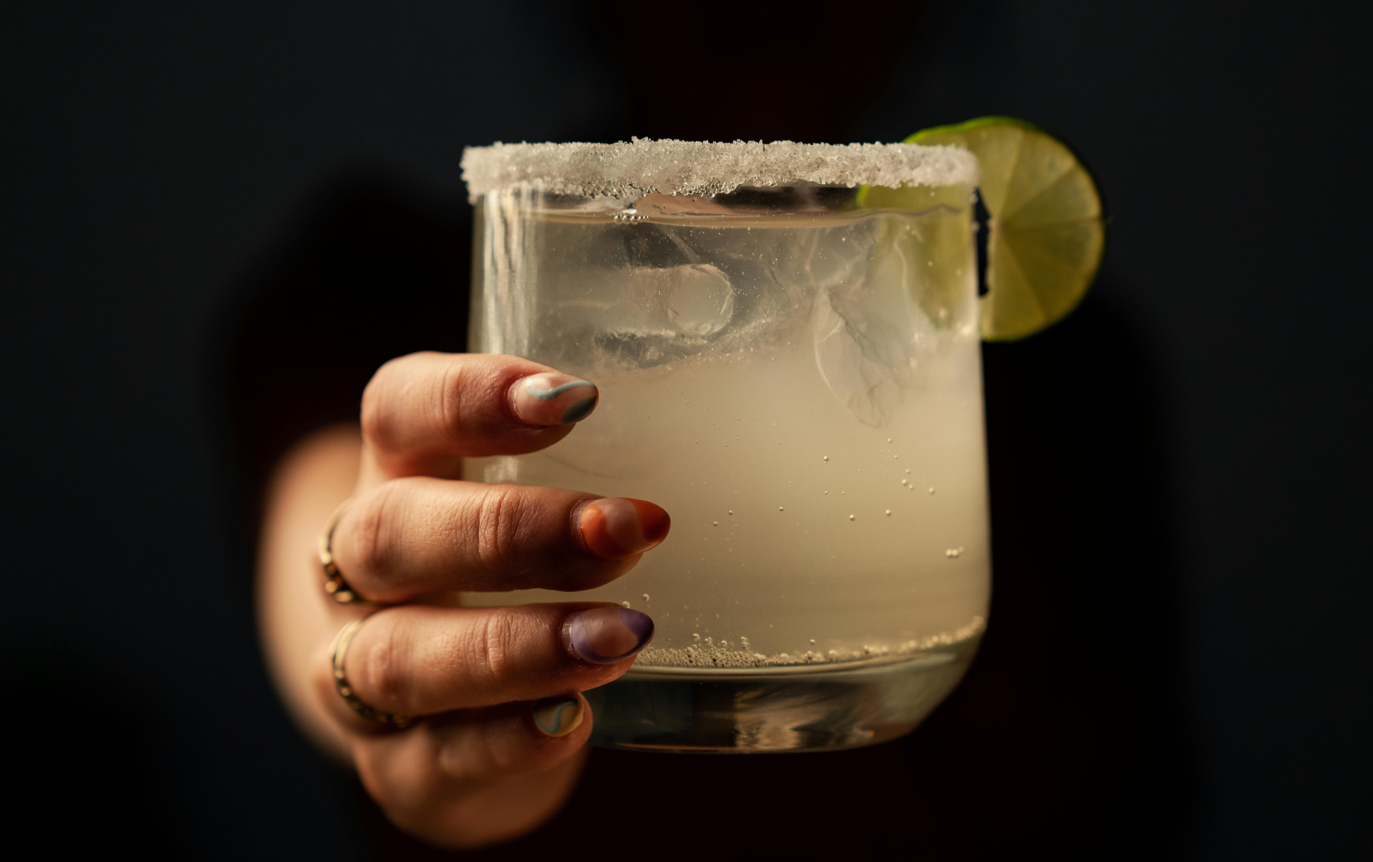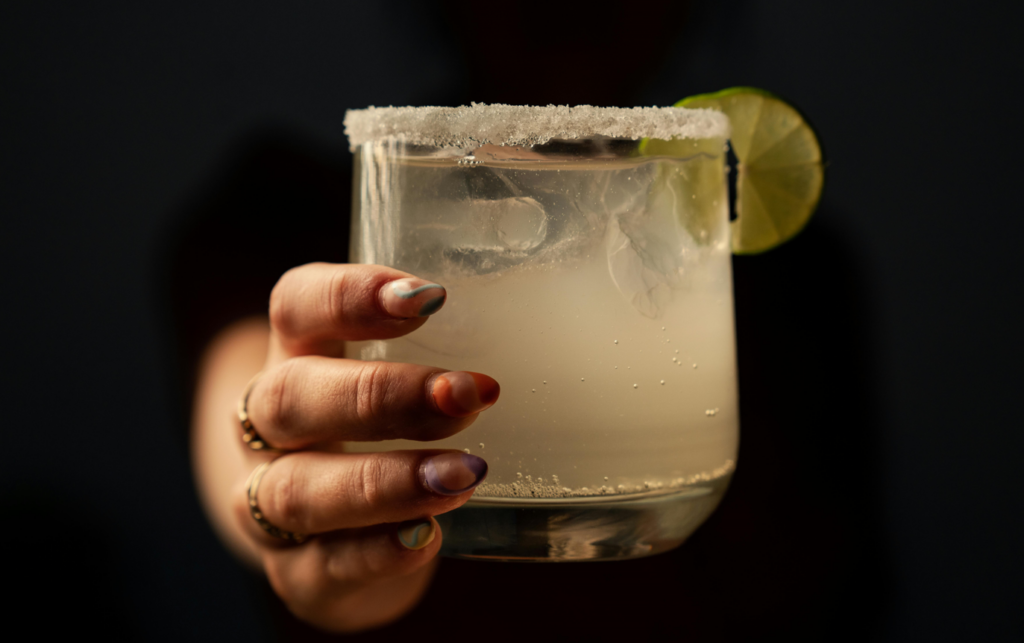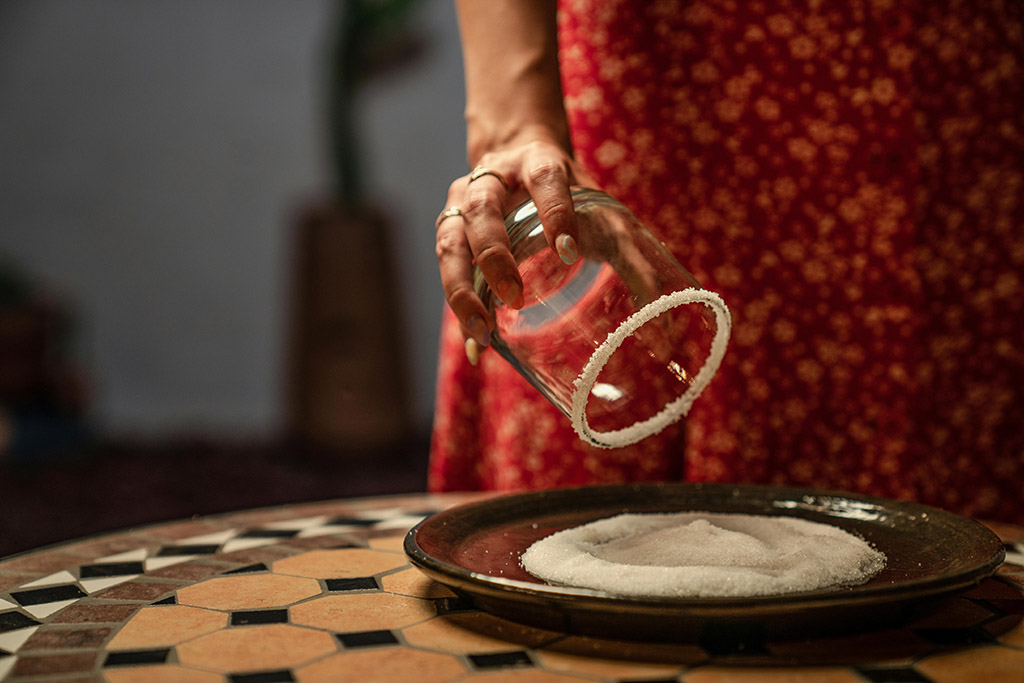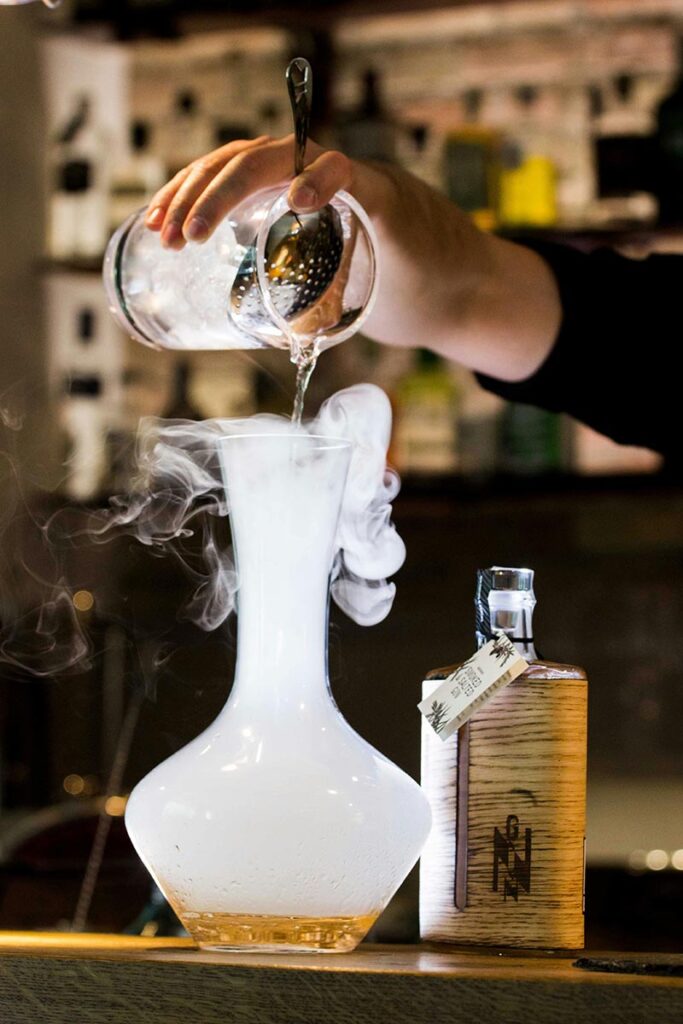
When it comes to enjoying a well-crafted cocktail or a refreshing glass of a margarita, the first impression matters. One essential aspect of this initial impression is the rim of the glass, which can be adorned with salt, sugar, spices, or other creative ingredients.
This decorative and flavorful touch is not just about aesthetics; it’s about enhancing the overall drinking experience. In this article, we delve into the intriguing science behind rim adhesion and provide valuable tips to ensure that your chosen rimming substance stays firmly in place, enhancing both the taste and presentation of your beverage.
What is Rim Adhesion?
Before we dive into the science of rim adhesion, let’s define what it is. Rim adhesion is the phenomenon where a glass coating (typically salt, sugar, or spices) adheres to the rim of a glass. This process enhances the overall drinking experience by introducing complementary flavors and textures, making each sip more enjoyable.

The Role of Rim Adhesion
The rim of a glass is not merely a decorative element; it serves a functional purpose. When you take a sip of your drink, your lips come into contact with the rim, and the flavors and textures on the rim immediately influence your perception of the beverage. For example, a salted rim can provide a pleasant contrast to the sweetness of a margarita, while a sugared rim complements the tartness of a daiquiri.
But what makes these rimming substances stick to the glass? The answer lies in the fascinating science of surface tension, capillary action, and chemical bonding.
The Science Behind Rim Adhesion
Surface Tension and Capillary Action
Surface tension is a fundamental principle in fluid dynamics. It refers to the cohesive forces at the surface of a liquid that cause it to behave like a stretched elastic sheet. When you moisten the rim of a glass with a wetting agent, such as a citrus wedge or water, you reduce the surface tension of the liquid. This reduction in surface tension encourages the rimming substance to adhere to the glass.
Capillary action, on the other hand, involves the movement of liquid within the narrow spaces, or capillaries, of a porous material. In the context of rim adhesion, the capillary action can draw the liquid (e.g., citrus juice) into the tiny gaps and imperfections on the glass rim. This creates a more stable base for the rimming substance to stick to.
Imagine the rim of your glass as a miniature landscape, and the wetting agent as the rain that prepares the ground for planting seeds. When the rimming substance comes into contact with the moistened glass, it adheres more effectively, thanks to surface tension and capillary action.

Chemical Bonding
Beyond the physical forces of surface tension and capillary action, there is another crucial aspect of rim adhesion: chemical bonding. When the rimming substance (e.g., salt or sugar) encounters the moistened rim of the glass, chemical interactions take place.
The rimming substance’s particles can form bonds with the molecules on the glass surface. This bonding creates a secure attachment, preventing the rimming substance from easily falling off when you take a sip. It’s like a microscopic handshake between the glass and the rimming substance.
Different liquids can impact this chemical bonding process. For instance, citrus juice contains acids that can react with the glass, potentially altering the adhesion properties. This is why many bartenders prefer using water or a neutral wetting agent when rimming glasses.
Now that we’ve explored the science behind rim adhesion, let’s move on to practical tips for ensuring your rimming substances stay put.
Tips for Ensuring Rim Adhesion
Preparing the Glass
Before you even think about applying the rimming substance, it’s essential to prepare the glass properly. Here’s how:
- Clean the Glass: Start with a clean glass to ensure that there are no residues or impurities that could interfere with adhesion.
- Chill the Glass: For some cocktails, it’s recommended to chill the glass in the freezer beforehand. A cold glass can help maintain the integrity of the rimming substance.
- Use a Wetting Agent: Moisten the rim of the glass with a citrus wedge or water. This step is crucial for reducing surface tension and promoting adhesion.
Applying the Rimming Substance
Once the glass is prepared, it’s time to apply the rimming substance.
- Spread the Substance: Pour your chosen rimming substance onto a plate or shallow dish. Make sure the layer is wide enough to accommodate the glass’s rim.
- Tilt the Glass: Hold the glass at an angle and gently roll the moistened rim in the rimming substance. Be sure to cover the entire rim evenly.
- Tap Off Excess: Give the glass a gentle tap to remove any excess rimming substance. You want a clean and uniform rim.
- Let It Set: Allow the rimming substance a moment to set before pouring your beverage. This brief pause ensures a firm adhesion.
Garnishing Techniques
To take your rim adhesion game to the next level, consider creative garnishing techniques. These can further enhance the presentation and flavor of your drink.
- Zest It Up: After rimming the glass, add a citrus zest twist or a sprinkle of grated chocolate to the rim for an extra burst of aroma and flavor.
- Custom Spice Blends: Experiment with custom spice blends that complement your beverage. Crushed herbs, smoked salt, or even edible flowers can add a unique touch to your rim.
Troubleshooting
Even with careful preparation, you may encounter some common issues when rimming glasses. Here are solutions to a few potential problems:
- Clumping: If your rimming substance clumps or doesn’t adhere evenly, it may be due to excess moisture. Dry the rim and try again, ensuring a thin, even layer.
- Falling Off: If the rimming substance falls off too easily, the glass might be too wet. Carefully tap off excess moisture and let it set again before serving.
Now that you’ve mastered the basics of rim adhesion, let’s explore some advanced techniques to elevate your cocktail game.
Advanced Rim Adhesion Techniques
Experimentation with Different Rimming Substances
While salt and sugar are classic choices, don’t be afraid to experiment with unique rimming substances.
The smoky flavor of smoked salt can add a delightful twist to savory cocktails, like a smoky margarita. Another option is colored sugars which come in various hues. They can bring a vibrant and visually appealing element to your cocktails and are perfect for themed parties.
Remember that the rimming substance should complement the flavors of your drink, so choose wisely.

Molecular Mixology and Rim Adhesion
For those looking to push the boundaries of creativity, molecular mixology offers exciting opportunities to enhance rim adhesion. Molecular mixology involves using scientific techniques and ingredients to create innovative cocktails.
- Gel Rims: Molecular mixologists can create gel-like substances that adhere to the rim, offering a unique texture and flavor experience.
- Edible Films: Edible films can be used to create a visually stunning and flavorful rim. These films can incorporate a wide range of flavors and colors.
Incorporating molecular mixology techniques into your cocktail preparation can truly elevate the art of rim adhesion and take your drinks to the next level.
Intricate Science to Enhanced Drinks
Rim adhesion is not just about making your drinks look pretty; it’s about enhancing the entire drinking experience. By understanding the science behind it and following the tips and techniques outlined in this article, you can ensure that your chosen rimming substance stays securely in place, adding flavor and flair to your cocktails. So, the next time you raise a glass, take a moment to appreciate the intricate science behind that perfectly adorned rim, and savor the enhanced flavors it brings to your favorite beverages.
